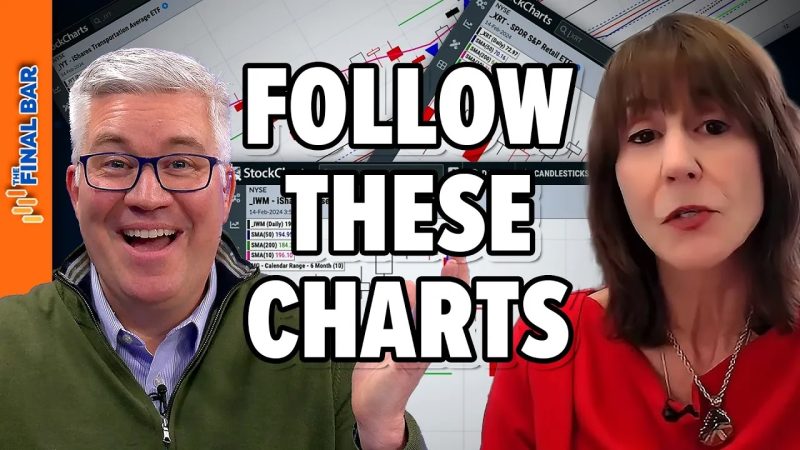Market Pullback: Analyzing Key Charts
In the world of finance and investments, market pullbacks are a common occurrence. These temporary declines in stock prices can be unnerving for investors, but they are often part of the normal ebb and flow of the market. By studying and understanding key charts, investors can gain valuable insights that can help them navigate through these periods of volatility.
Chart analysis is a widely-used method to track market trends, identify patterns, and make informed investment decisions. There are several types of charts that can be used to analyze market pullbacks, including line charts, bar charts, and candlestick charts. Each of these options provides a unique visual representation of price movements over a specific period.
Line charts are the most basic type of chart, depicting the closing prices of a stock or index over a specific timeframe. These charts are useful for tracking the overall trend of the market and identifying support and resistance levels. They provide a clear picture of whether the market is in an uptrend or a downtrend and can help investors determine when a pullback may be approaching.
Bar charts, on the other hand, provide a bit more information by displaying the opening and closing prices, as well as the high and low prices, for a particular time period. These charts are particularly effective in identifying market reversals and can provide valuable insights into the strength of a pullback. By studying the length and direction of individual bars, as well as the overall pattern of the bars on the chart, investors can gauge the sentiment and momentum of the market.
One of the most powerful charting tools is the candlestick chart. This type of chart provides a visual representation of price movements through the use of individual candlesticks. Each candlestick represents a specific timeframe, such as a day or a week, and consists of a body and two wicks or shadows. The body of the candlestick represents the difference between the opening and closing prices, while the wicks indicate the high and low prices. Candlestick patterns, such as doji, engulfing, and hammer, can provide valuable insights into market sentiment and are often used to predict potential reversals.
When analyzing these charts during a market pullback, it is important to look for key levels of support and resistance. Support levels are price levels at which demand is expected to be strong enough to prevent further declines, while resistance levels are price levels at which supply is expected to be strong enough to prevent further gains. Identifying these levels can help investors make informed decisions about when to buy or sell a particular stock or index.
Additionally, trendlines can be drawn on charts to help identify the overall direction of the market. Drawing a trendline involves connecting a series of higher lows in an uptrend or lower highs in a downtrend. These trendlines can act as dynamic levels of support or resistance during a pullback, providing investors with valuable information about potential entry or exit points.
In conclusion, market pullbacks can be unnerving, but they are a natural part of the market cycle. By studying and analyzing key charts, investors can gain valuable insights into market trends, support and resistance levels, and potential reversals. Whether using line charts, bar charts, or candlestick charts, understanding these visual representations can help investors make informed decisions during periods of market volatility. So next time a pullback occurs, remember to turn to the charts for guidance.

